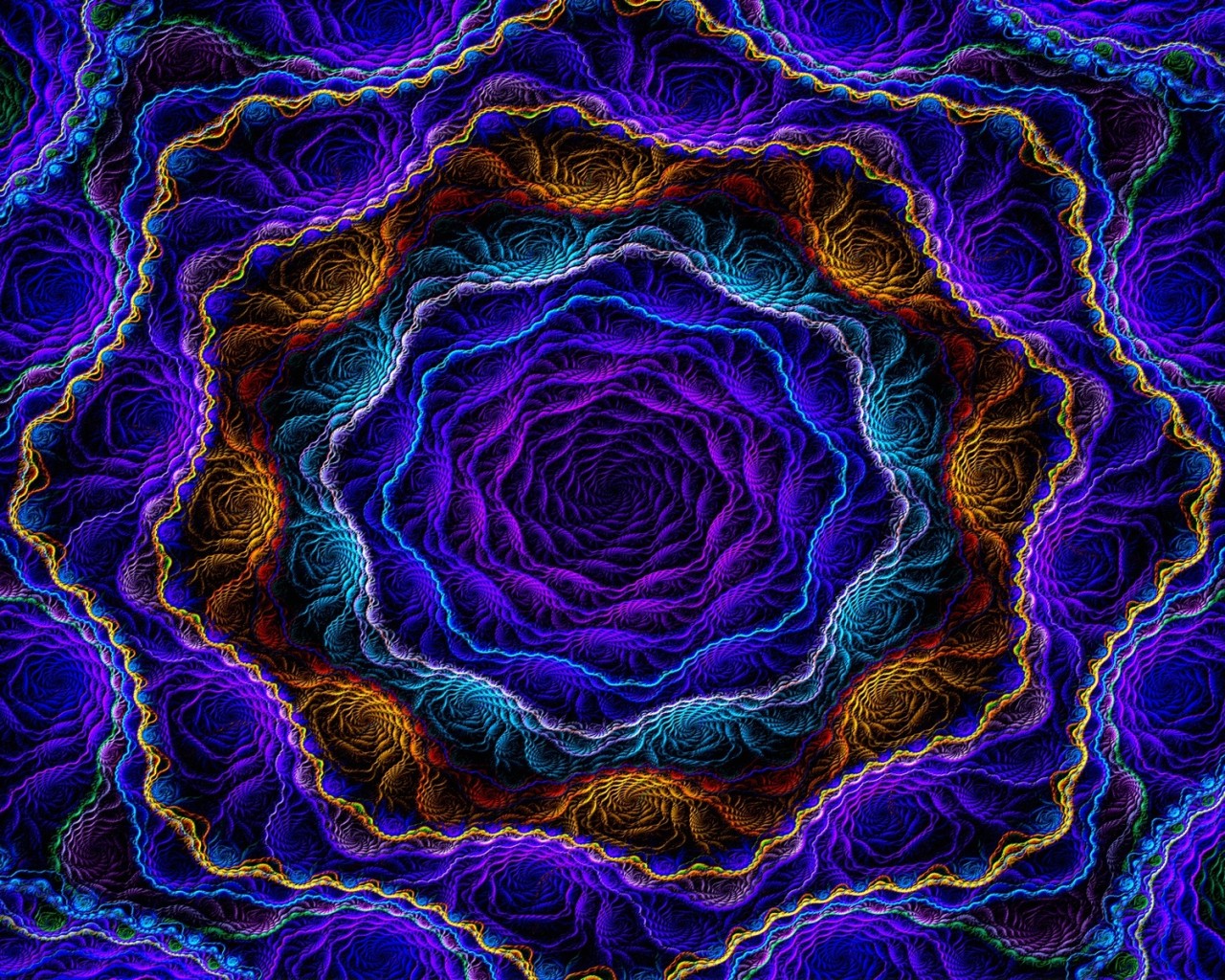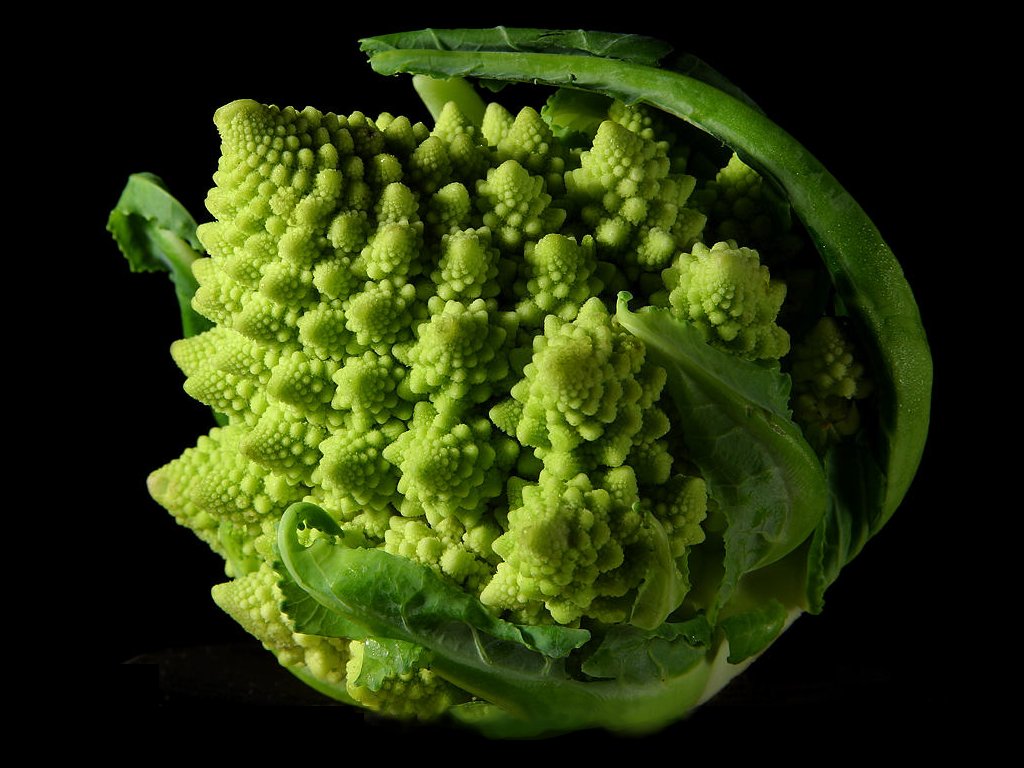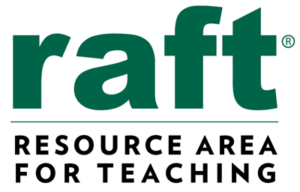How does math relate to real life?
By Jeanne Lazzarini, Math Master Educator/R&D Specialist, RAFT
How does math relate to real life? One way is to take a look at the shape of a cloud, a mountain, a coastline, or a tree! You might be surprised to find that many patterns in nature, called fractals, including growth patterns, have very peculiar mathematical properties — even though these natural shapes are not perfect spheres, circles, cones, triangles, or even straight lines!
 |
| 3D Fractals For Inspiration |
So, what is a fractal? Benoit Mandelbrot (November 20, 1924 – October 14, 2010) is commonly called the father of fractals. He created the term “fractal” to describe curves, surfaces and objects that have some very peculiar properties. A fractal is a geometric shape which is both self-similar and has fractional dimension.
 |
| Daydreaming fractals |
Ok, so what does that mean? Well, “self-similar” means that when you magnify an object, each of its smaller parts still look much the same as the larger whole part. And, “fractal dimension” is different from what we use to describe shapes such as lines, flat objects, and geometric solids. Simple curves, such as lines, have one dimension. Squares, rectangles, circles, polygons, etc. have two dimensions, while solid objects such as cubes and polyhedra, have three dimensions. Some say time is the fourth dimension. In all these cases, dimension, based on Euclidean Geometry, is described as an integer: 1, 2, 3, 4, …
But a fractal curve could have a dimensionality of 1.4332, for example, rather than 1! A fractal’s dimension indicates its degree of detail, or crinkliness and how much space it occupies between the Euclidean Geometric dimensions. Most objects in nature aren’t formed of squares or triangles, but of more complex fractal shapes, such as ferns, flowers, coastlines, clouds, leaves, trees, mountains, blood vessels, broccoli, weather, lightening, fluid flow, river estuaries, circulatory systems, geologic activity, fault patterns, planetary orbits, animal group behavior, music, and so forth.
Whew! By understanding fractal dimension, mathematicians can now measure forms that once were thought to be immeasurable!
 |
| Romanesco broccoli fractals |
